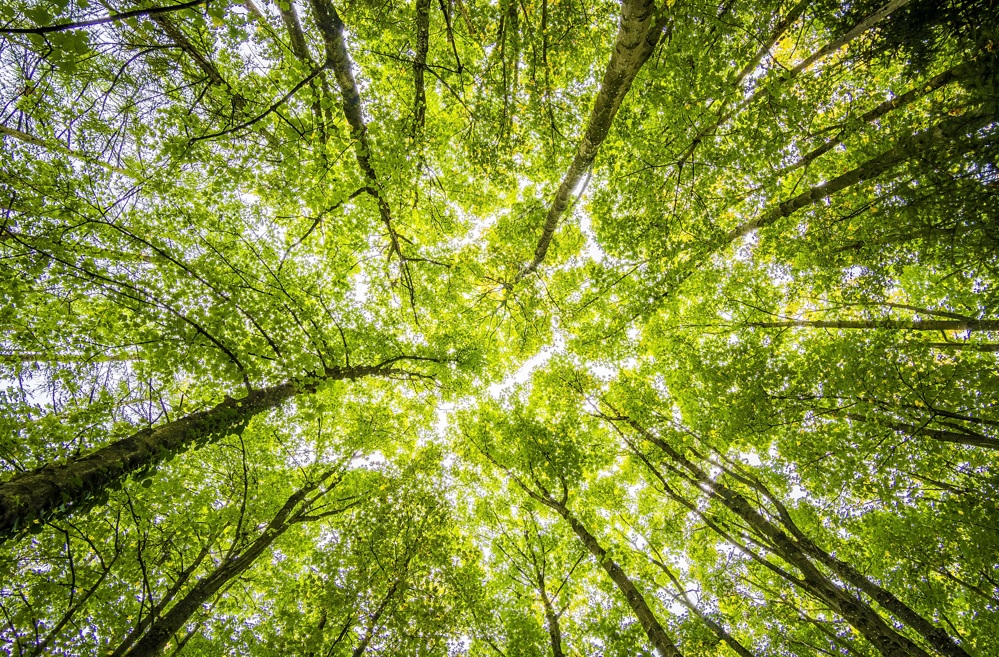Kenya’s forest cover needs urgent restoration

At a time when the world is becoming increasingly hotter, the importance of adequate forest cover in maintaining life on earth cannot be gainsaid.
However, it is just recently that people have realised that climate change is real, as heat from the sun’s rays gets a notch hotter. In Kenya, we seem just one step short of the fatal heat waves experienced in other parts of the world, particularly in the Indian sub-continent.
The heat in Nairobi and other cooler upcountry towns so far this year feels way above what people are used to in our scorching coastal towns. The answer to our predicament is obvious. In our quest for ‘development’, we have run roughshod over nature, particularly the land.
We have cut down vast swathes of trees inorder to make way for new real estate fads that we can ill sustain. Unbeknown to many Kenyans, forest cover has been dwindling at an alarming rate. Kenya’s forest cover today is estimated at less than seven per cent, quite lower than the 10 per cent recommended by the United Nations. That is why the rains keep delaying, and dry spells taking longer than anticipated. Worse, the massive and unplanned change of land use from agricultural to construction poses a grave threat to the country’s food security.
March 21 marked the International Day of Forests. The theme for 2023 is “Forests and health.” The UN General Assembly proclaimed 21 March the International Day of Forests (IDF) in 2012. The Day celebrates and raises awareness of the importance of all types of forests.
According to the Food and Agricultural Organisation (FAO), forests are a vital source of food and nutrition. Nearly one billion people globally depend on harvesting wild food such as herbs, fruits, nuts, meat and insects for nutritious diets.
Forests are natural pharmacies. Around 50 000 plant species – many of which grow in forests – have medicinal value. Forests have traditionally served as a natural barrier to disease transmission between animals and humans, but as deforestation continues, the risk of diseases spilling over from animals to people is rising.
Forests boost our mental and physical health. Spending time in forests increases positive emotions and decreases stress, blood pressure, depression, fatigue, anxiety and tension. Forests play a central role in combating the biggest health threat facing humanity: climate change.
Healthy forests contain 662 billion tonnes of carbon, which is more than half the global carbon stock in soils and vegetation. Communities play a crucial role in restoring nature. The underlying assumption here is that forest conditions, and human use of forests, are largely determined at the local level. This can be achieved by sensitising people on the vulnerability of their lives to the vagaries of adverse climatic conditions.
Forestry and biodiversity are inseparable. Both encompass aspects like sustainable agriculture, desertification, land degradation and drought, water and sanitation, energy, climate change, oceans and seas, vulnerable groups, food security, and indigenous people.
The foregoing has informed shifting the locus of decision-making and resource management away from the central government to counties. Not only do the latter have greater knowledge of local resources, but are better able to monitor resource use and compliance.
FAO says forests are under threat and need our help. Ten million hectares of forest were lost per year to deforestation between 2015 and 2020. Forest insects damage around 35 million hectares of forest annually. Fire affected approximately 98 million hectares of forest globally in 2015. Through forest-friendly policies and increased investment in forests and trees we can protect our planet and our health. As FAO appeals, let us protect this easily renewable resource with a sustainable management of forests.
— The writer is a PhD student in International Relations











